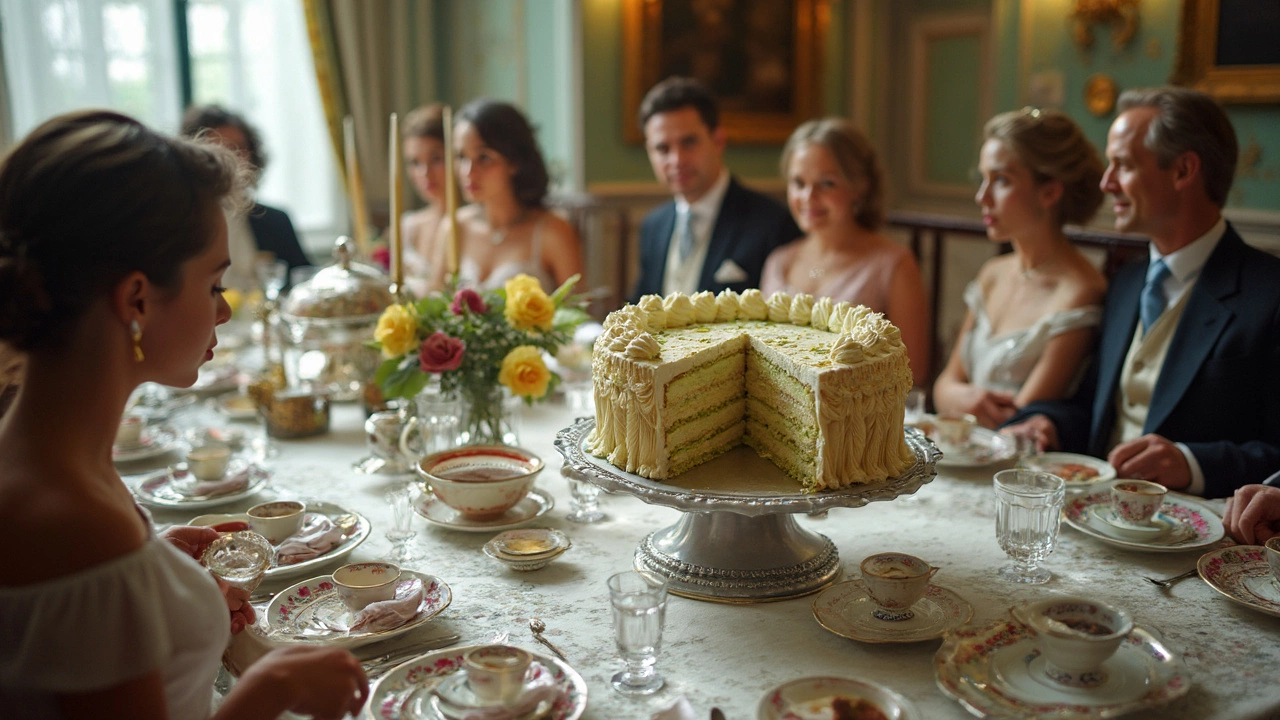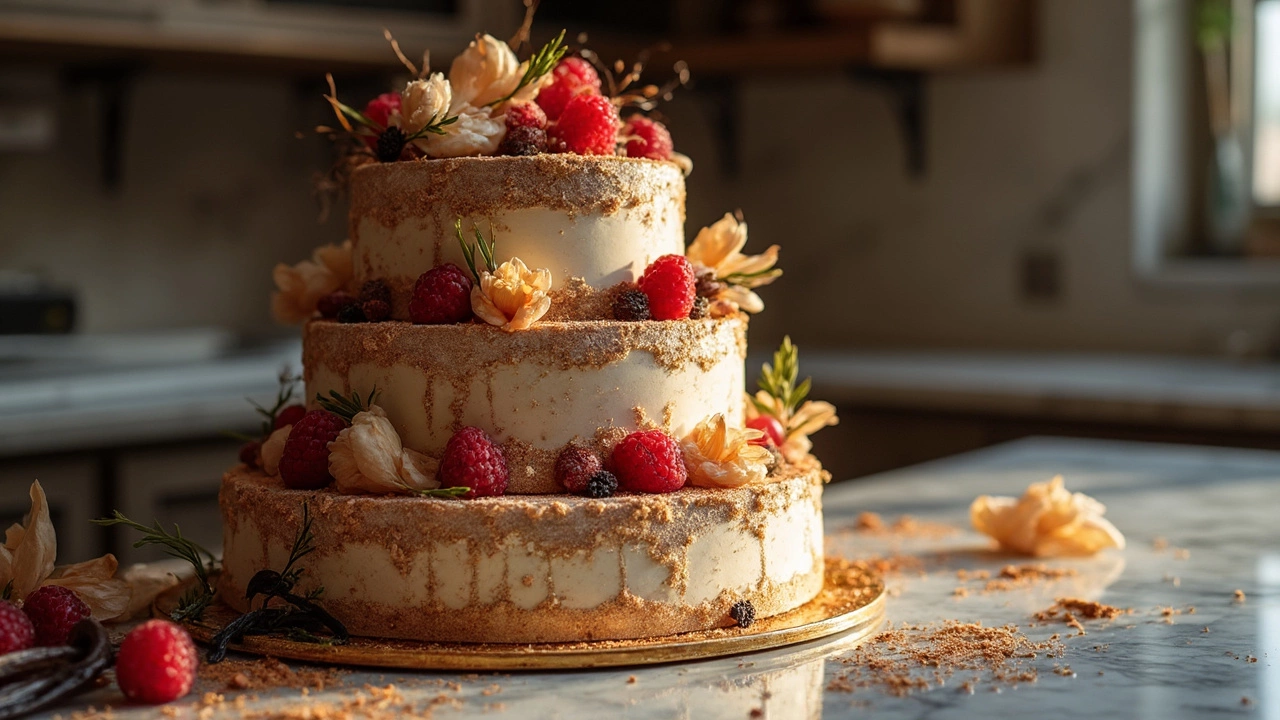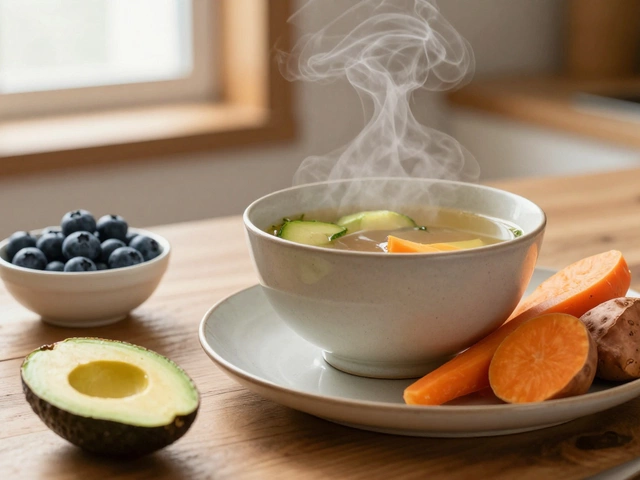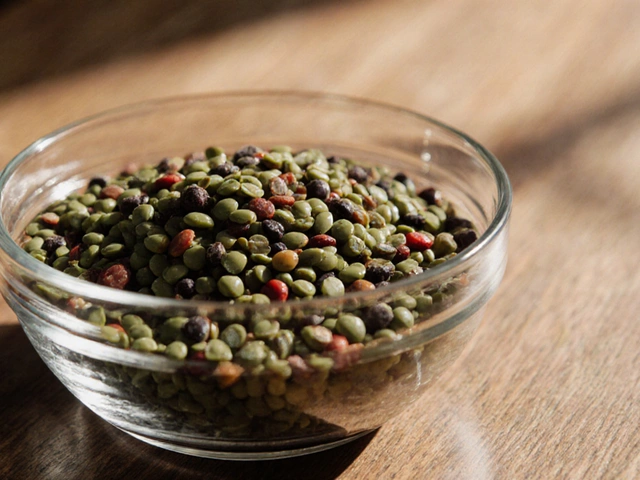Picture this: a cake so lavish, it could pay for an extravagant vacation—or even a down payment on a car. While you might think only billionaires or celebrity chefs could pull off such decadence, expensive homemade cakes are an actual phenomenon, and not just the stuff of viral social media. These cakes don’t just look pretty for the ’gram; they’re built from rare, jaw-droppingly pricey ingredients, customized designs, and sometimes even edible gold. There’s a whole world of home bakers pushing the boundaries of what’s possible (and permissible) in the world of sugar and flour. Ready to see what’s hiding behind those fondant curtains?
The Real Price Tag: Why Some Homemade Cakes Cost a Fortune
Most folks imagine a homemade cake as an easy and affordable treat—a couple of eggs, some flour, sugar, maybe a bit of cocoa powder, and you’re done, right? That’s charming, but almost laughably quaint compared to cakes made in high-end kitchens at home these days. What shoves the cost through the roof? It’s all about ingredients and details. Picture this: a single vanilla bean cultivated on Madagascar’s volcanic soil, worth more by weight than silver. Iranian saffron, hand-harvested just a few red strands per flower, and retailing at up to $20,000 per kilo, sometimes gets sprinkled in for flavor and color. Belgian couverture chocolate, wild Madagascar pepper, 24-karat edible gold leaf, and rare Japanese matcha can all dramatically spike the price tag. Then come the add-ons—handcrafted sugar flowers, modern edible printing, custom sculpting, and the kind of imported butter pastry chefs fight over in Paris.
In 2023, a private sale caught attention when a homemade cake made for a New York tech investor’s birthday racked up receipts totaling over $13,000. The bakery invoice? Zero. The reason: it was entirely assembled by the client’s family—who sourced Dom Pérignon for the syrup soak, filled it with Tahitian vanilla bean custard, and topped it with hand-pressed edible platinum flakes. The kicker? The hand-painted fondant recreated their Monaco yacht to startling accuracy. (Could you eat something that detailed? Most guests couldn’t bear to cut into it!)
For the curious, here’s a peek at what makes some luxury homemade cakes so expensive:
- Rare ingredients: Think whole pistachios flown in from Sicily, or Valrhona chocolate in bulk.
- Edible precious metals: Gold and silver leaf have a subtle taste but huge cost.
- Unusual flavors: Sakura (cherry blossom) extract, Irish whiskey buttercream, and Iranian saffron are cult favorites.
- Labor-intensive art: Handcrafted sugar work and sculpting can take over 100 hours.
Don’t forget the gear. Some home bakers equip their kitchens with advanced oven thermometers, molecular gastronomy kits, and airbrushes ($300-$1,200 each) just to perfect the finish. None of this guarantees a tastier bite, but you’ll have a cake unlike any other.
Iconic Examples: Outrageously Expensive Homemade Cakes You Won’t Believe
If you think the priciest homemade cakes are only found on reality TV, think again. In 2024, a home baker from Dubai created a birthday cake for her husband using Persian rosewater, French butter ($20 a pound!), 24-karat gold leaf sourced straight from Florence, and hand-sculpted white chocolate peacocks. The cake ended up costing $8,400—not including the imported strawberries flown in from a Japanese auction for their color and texture. The news of this cake made waves on global baking forums, leaving professional patissiers both admiring and mildly envious. The baker herself said, “No regrets—the happiness on my family’s faces was better than a Paris vacation.”
Want hard numbers? Here’s a look at the main ingredients and their average cost for some of the world’s most expensive homemade cakes:
| Ingredient | Average Cost per Batch | Why It's Pricey |
|---|---|---|
| Madagascar Vanilla Beans (10 beans) | $300 | Labor-intensive cultivation |
| Iranian Saffron (5 grams) | $500 | High demand, hand-harvested |
| 24-Karat Gold Leaf (20 sheets) | $200 | Edible luxury metal |
| Dom Pérignon Champagne (1 bottle) | $250 | Prestige and aging |
| Sicilian Pistachios (2 lbs) | $160 | Unique flavor, imported |
Let’s not skip the famous “Black Diamond” chocolate cake, originally a restaurant specialty but home bakers have reverse-engineered it—using gold leaf, black truffles, and rare cocoa. Some estimate its homemade costs reach $2,500 per tier, depending on the source of ingredients. Or the multi-thousand-dollar Red Velvet layer cake, finished with Italian mascarpone and hand-cut edible jeweled toppers that shimmer under candlelight. The process? Equal parts chemistry and creativity.

Top Ingredients That Make the Most Expensive Homemade Cakes
There’s a hidden arms race when it comes to cake ingredients, and those who go all out aren’t afraid to splash out on the rarest of the rare. The classic show-stoppers:
- Madagascar and Tahitian vanilla beans—pure vanilla extract doesn’t hold a candle to fresh, fragrant pods, which cost as much as trendy sneakers by the ounce.
- Iranian saffron, hand-plucked and outrageously priced, adds a subtle yet unforgettable flavor, plus a vivid golden hue that filters through layers.
- Gold and silver leaf, edible (and totally tasteless), bring serious wow-factor for special occasions.
- Dutch process cocoa powder or single-origin chocolates—Valrhona, Amedei, or Michel Cluizel are dream choices for chocolate lovers, and their price reflects the quality.
- Sicilian pistachios—these nuts offer an intense, almost fruit-like flavor impossible to recreate with any regular grocery-store variety.
- Japanese “Ruby Roman” strawberries—these go for $400 per pack at Japanese fruit auctions and bring an unreal taste and appearance.
- Infused spirits: The likes of Louis XIII Cognac or a splash of 1980s Macallan Scotch have actually found their way into high-brow buttercreams.
If you’re baking at home and want to make a cake that rivals the best luxury bakeries, here’s a piece of honest advice: splurge on one or two standout ingredients, rather than trying to use everything at once. If budget isn’t a concern, consult with gourmet food boutiques. They often carry limited batches of rare finds reserved for connoisseurs. And don’t forget the decorations—edible flowers, hand-blown sugar figurines, and custom fondant sculptures cost both time and money, but the end result will drop jaws and fill up your camera roll.
To get a luxury result at home, some bakers swear by making everything from scratch: fondant, jams, even hand-buttering baking tins. Others use cutting-edge technology, like 3D cake printers for sculpted toppers (they cost a fortune and require a Ph.D. in troubleshooting). And if you want to impress, don’t just focus on the outside—fill the layers with unexpected surprises like dark chocolate ganache, pistachio praline, or whipped yuzu mousse. Those hidden touches add both cost and wow factor.
Pro Tips for Creating Show-Stopping High-End Homemade Cakes
Making a truly expensive homemade cake isn’t just about buying pricey ingredients. The process itself has to be flawless. Start by mapping out every step: from sourcing ingredients to temperature-control storage. It’s not unusual for serious bakers to use spreadsheets to track each element’s origins, costs, and allergen details, especially if serving guests with picky palates.
Here are some field-tested tips straight from serious home bakers who’ve been there, survived that:
- Sift your flour—every single time. Lumps can ruin the silky texture you want in a luxury cake.
- Level your layers with a serrated knife for perfect stacking. Nobody likes a wonky tier.
- Chill your cake between fillings and decorating. It prevents bulging and lets flavors develop.
- Brush syrup on every layer. This keeps things moist and adds subtle flavor, especially if infused with something fancy like Cointreau or espresso.
- Hand-whip creams and frostings whenever possible. Stand mixers are great, but nothing beats the attention to detail of doing it yourself when you’re aiming for cloud-like consistency.
- Don’t skimp on real butter—skip margarine or butter blends entirely.
- Store ingredients like chocolate, nuts, and rare berries in airtight containers and away from strong-smelling foods. Mold or absorbed odors will kill the mood (and flavor).
- Invest in a kitchen scale and a digital thermometer. Accuracy is king in luxury baking, and those tools make or break the final result.
Above all, decorate with intention. Take your time. Some bakers spend three days on flowers or toppers alone, refrigerating the cake in between stages because rushing leads to cracks, melting, and heartbreak. And if you’re springing for edible gold, always handle with dry fingers and tiny precision tweezers—it’s thin as air and will fly away if you sneeze.
Last but not least, presentation matters. Host your cake reveal with style—think candles, elegant platters, maybe even a spotlight if you’re feeling dramatic. Ask for honest reviews (and take notes for your next project). Whether you’re making a cake for a milestone birthday, an extravagant wedding, or just showing off for your foodie friends, remember: every slice tells a story, and sometimes those stories are worth more than gold.





